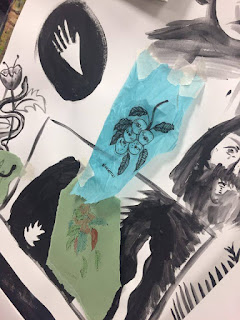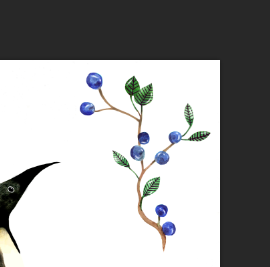Study skills are essential for passing a course or anything based around studying. Studying is typically an important part of a course and the skills included when you want to successfully study are;
- Time Management
- Note Taking
- Reading
Plagiarism
"The practice of taking someone else's work or ideas and passing them off as one's own"
(Source: Google search)
Plagiarism could apply if you are copying something word-for-word or if somebody was to use a section of text and if they use a similar way of wording with very minor differences; it is still classified as plagiarism.
An example of this:
Led Zeppelin were sued for using a riff that had an almost identical riff in their "Stairway to Heaven" as Spirit's "Taurus". The consequences of plagiarism is that you could be sued, or asked to change said part of their song (etc) and they would have no choice to do so. Sometimes you could be sued for a lot of money and have no choice but to pay it out.
Copyright
"The exclusive and assignable legal right, given to the originator for a fixed number of years, to print, publish, perform, film, or record literary, artistic, or musical material."
(Source: Google search)
Copyright exist to protect an author, a band and their name, songs, artwork etc. If copyright didn't exist, the more famous bands may have 100's of other following bands with the same name; or a book could be copied word for word and somebody else could put their name on it too.
In the UK, you could face a penalty of 6 months imprisonment from the Magistrates Court; or they may be charged anywhere up to £50,000.
An example of copyright is:
Tuesday Bassen (a small illustrator) - her work was used without crediting her or paying/ or even permission by Zara and a few other big named brands.
IPR
"Intellectual property (IP) refers to creations of the mind, such as inventions; literary and artistic works; designs; and symbols, names and images used in commerce."
(Source: Google search)
What your intellectual property rights are:
- The names of your products or brands
- Your work
- The design or look of your products
- Things your write, make or produce
(Source:Gov Site)




















































